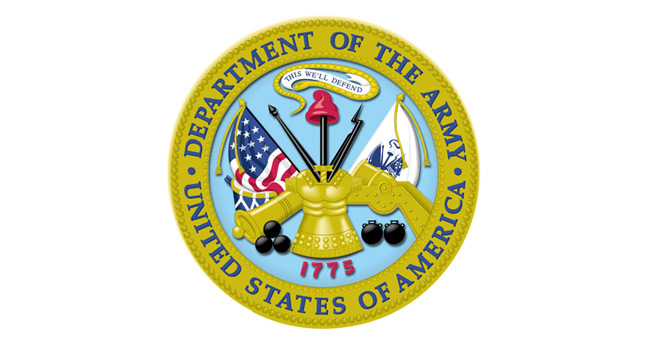
Sgt. Howard David Ostrom
Sgt. Howard David Ostrom
Jan. 8, 1925 - March 31, 1945
Born and raised at Reads Landing, Minn., served in Patton’s 3rd Army, wounded at the Battle of the Bulge, killed in action in Germany.
Recipient of the Bronze Star Medal, Purple Heart Medal with two Oak Leaf Clusters, Good Conduct Medal, European-African-Middle Eastern Campaign Medal with four Bronze Stars, World War II Victory Medal, Unit Award of the French Croix De Guerre Medal with Palm, and Combat Infantry Badge.
As a young boy, Howard Ostrom was of small physical stature. As he grew, he became known as “Slug” - a nickname given to him by classmates at the Reads Landing School - because he enjoyed boxing and didn’t hesitate to defend himself. His father died tragically when Howard was 6. He grew up during the Great Depression, living in a flat above the tavern and restaurant operated by his mother near the Mississippi River and the railroad in Reads Landing. He enjoyed swimming in the river during the summer and sledding on the river’s bluffs in the winter.
Howard graduated from Wabasha High School in June 1943, and enlisted in the U.S. Army in July to serve his country in a time of war. After completing training a year later, he embarked for Europe, arriving in England in August 1944. He was assigned as an infantry rifleman to the 50th Armored Infantry Battalion, a unit of the 6th Armored Division and Gen. George S. Patton’s 3rd Army.
Following the D-Day invasion in June, Howard entered France over the beaches of Normandy in September 1944. As a 19-year-old soldier, he participated in the northern France, Rhineland and Ardennes campaigns, and was hospitalized after being wounded twice during the Battle of the Bulge on Jan. 2, 1945. He returned to his unit as it advanced into Germany against vicious enemy resistance during the central Europe campaign.
On Saturday, March 31, 1945, Howard’s unit was assigned to establish a bridgehead at the Fulda river in the small town of Neumorschen, Germany, so combat engineers could construct a bridge over the river, replacing the one that the German army had destroyed as it retreated ahead of advancing American forces. Howard’s rifle squad moved up to a group of stone and brick farm buildings at the edge of the river.
As American tanks and German artillery exchanged fire, Howard and John Axelson, a member of Howard’s rifle squad, set up a light-machine-gun firing position in a stable and directed fire to enemy soldiers in positions on the opposite bank of the river. Thereafter, an enemy artillery shell entered the stable and exploded, instantly killing Howard and John.
The following day was Easter Sunday; an Army chaplain and the residents of that small German town held memorial services for Howard and John at the local church. A comrade later wrote, “Surely, John and Howard ascended into Heaven that Easter Sunday.” The war in Europe ended thirty-eight days later.
Due to the manner in which they met their deaths, Sgt. Howard D. Ostrom and Pfc. John H. Axelson of Milaca, Minn., could not be individually identified. The two comrades in arms were interred together at the Lorraine American Cemetery at St. Avold, France, in 1945. They were returned home to Minnesota in 1950 and re-interred at nearby Ft. Snelling National Cemetery in Minneapolis, where they will rest forever in honored glory.
